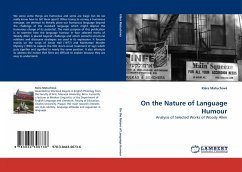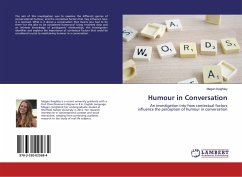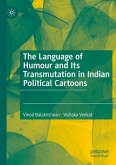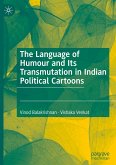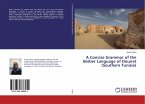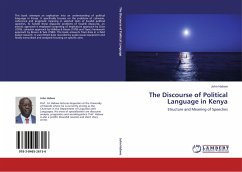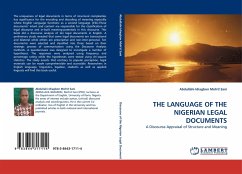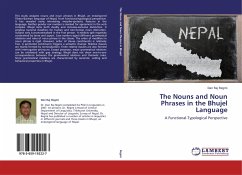We sense some things are humorous and some are tragic but do we really know how to tell them apart? When trying to convey a humorous message, we attempt to literally place our humorous language beyond the challenge of the standard language which might deprive the humorous charge of its potential. The main purpose of this publication is to examine how the language humour in four selected works of Woody Allen is placed beyond challenge and which semantic-structural relations and discourse strategies are used in its expression. It focuses mainly on the script of Annie Hall (1977) and Manhattan Murder Mystery (1993) to explore the film short-circuit treatment of sign which puts signifier and signified in nearly the same position. It also attempts to address the notion that films are difficult to explain because they are easy to understand.
Bitte wählen Sie Ihr Anliegen aus.
Rechnungen
Retourenschein anfordern
Bestellstatus
Storno

